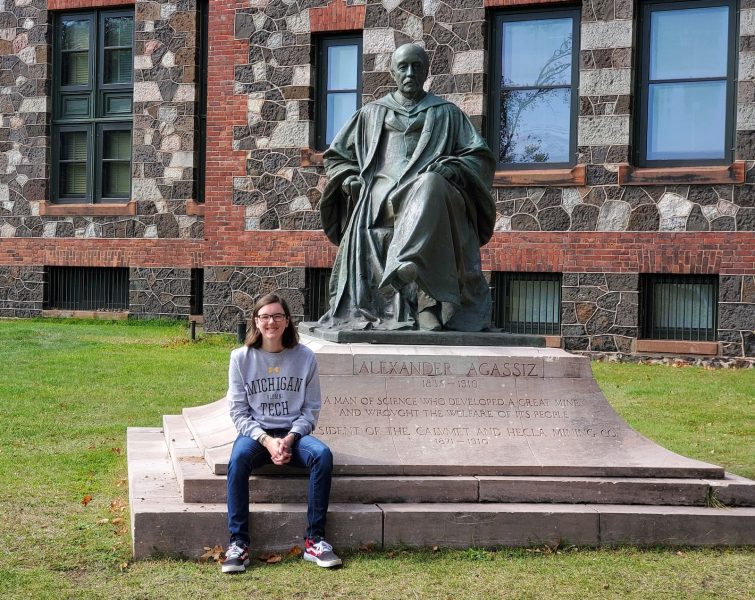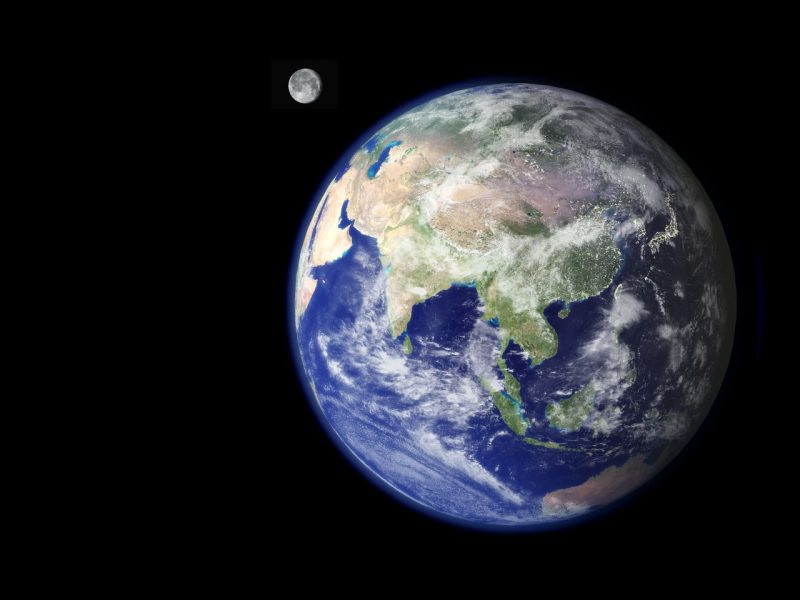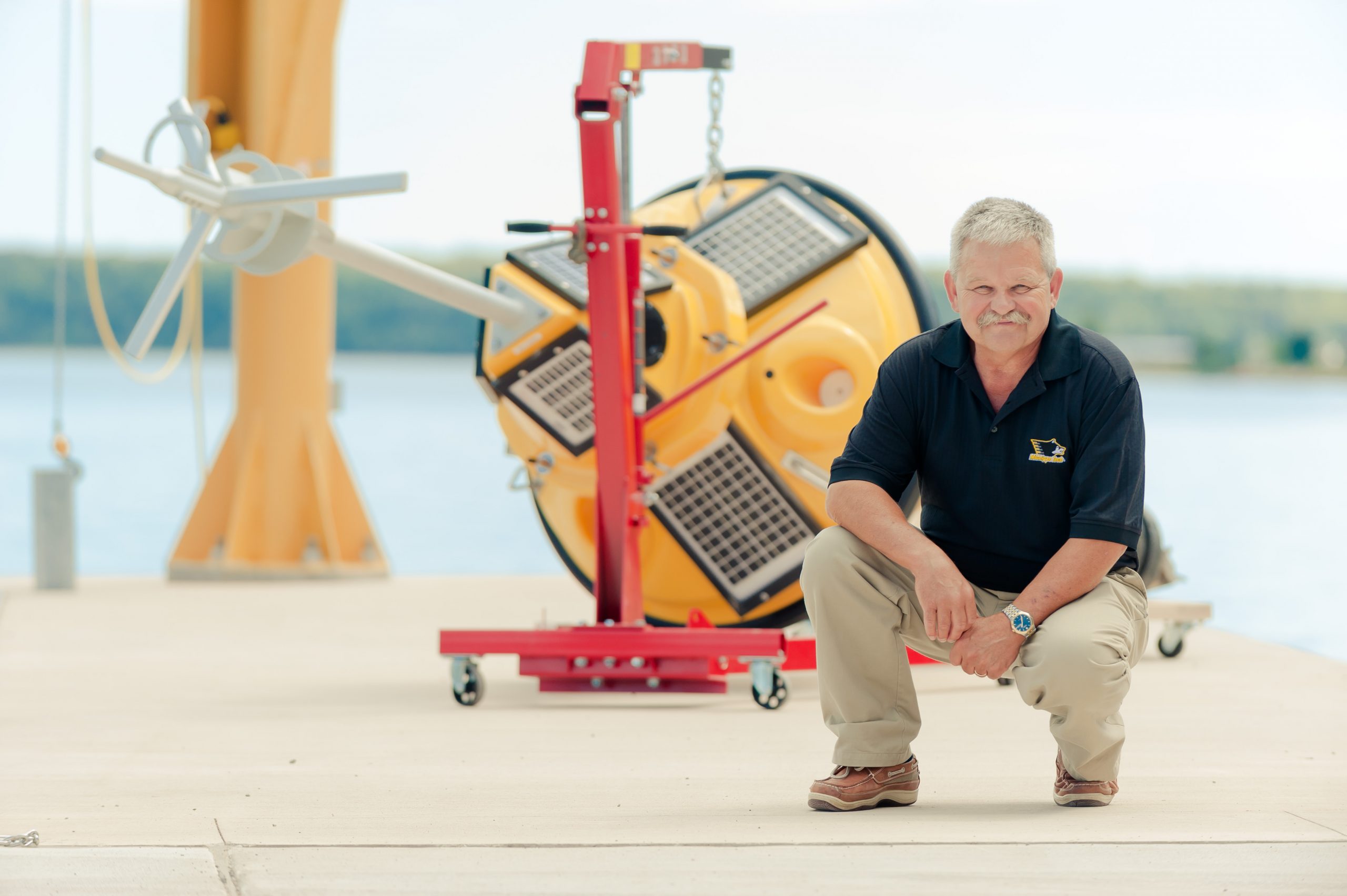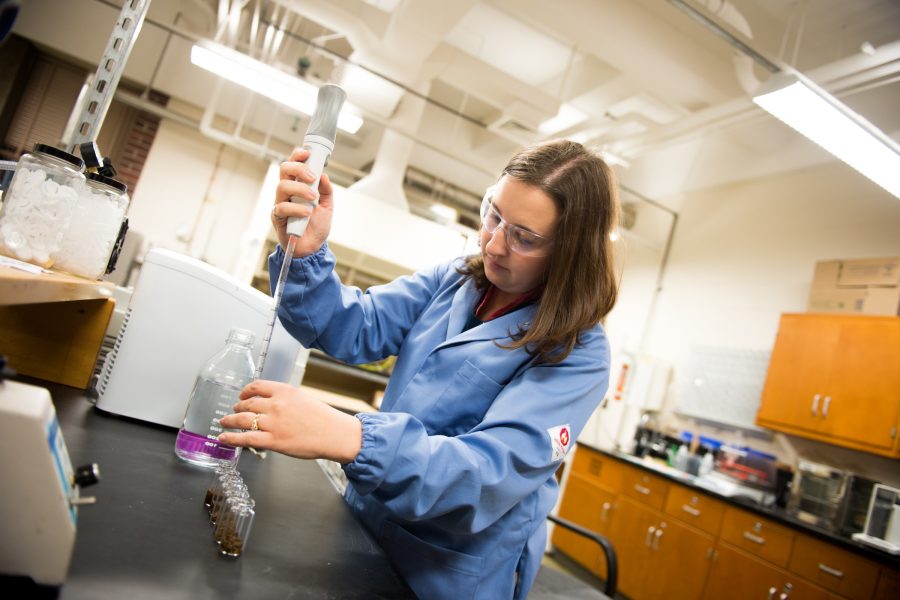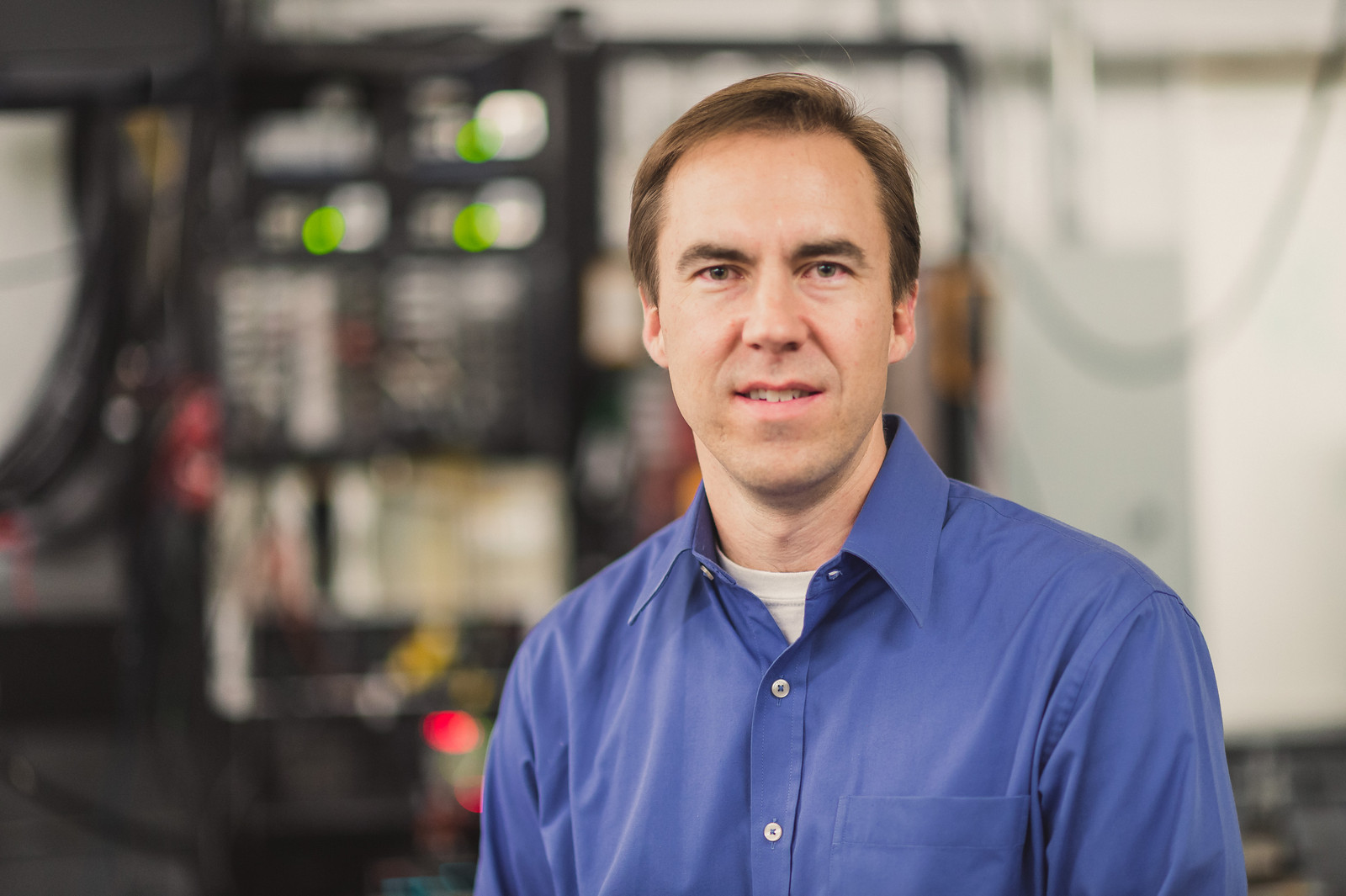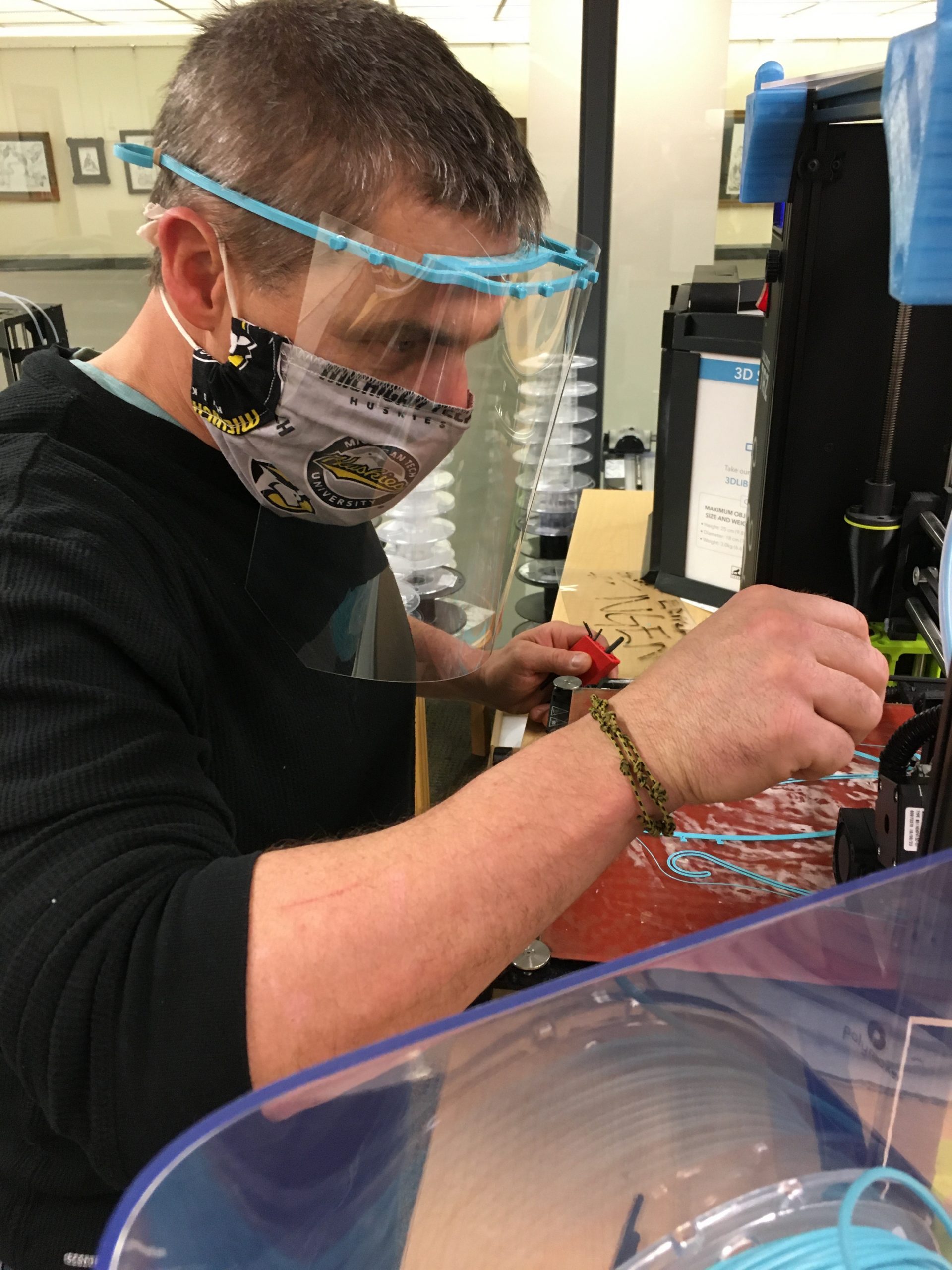
“For me, the most exciting part about applying for a patent is the possibility of having my name associated with something I helped create that can help people.
I was introduced to the summer internship program that led to my first patent application by my uncle, who offered to get me a tour of the Earl E. Bakken Medical Devices Center at the University of Minnesota through a former co-worker of his who works there. During the tour, the Center guides pointed out all the cool equipment and tech they have, as well as some of the work they did in the past.
But the Bakken MDC Internship Program is what really got my attention. It lasts a little over 12 weeks, and it takes you through the entire process from start to finish of what it’s like to develop a novel medical device. The program is on a volunteer internship basis but with the possibility of ending up with something worth patenting. They had a display of over 16 patents resulting from this program, and I was hooked. I thought it would be an incredible way to spend a summer using my degree and gaining some valuable skills for my future. The possibility of a patent before I even graduated college was enough to get me to apply and become interested in the process.
I worked with a team of four other interns in summer 2019, as well as a mentor assigned from the university. Our sponsor, a current MD student at the university close to finishing his degree, asked us to come up with a solution to some of the current criticisms regarding vascular dopplers, a medical device that is used to detect blood flow.
We currently have disclosed the IP with the proper department at the University of Minnesota, as well as submitted a technical brief that was accepted to the 2020 Design of Medical Devices Conference. At this time, we are still in the process of IP and provisional patent applications pending.
Michigan Tech encourages its engineering students to not only understand how the things we make work, but to also think about how they could work better. It wasn’t my initial plan to use my degree in the research and development side of the field, but after getting the experience and seeing what it takes, I definitely would like to have a few more under my belt some day.” –Jeremy Wales, ‘21 #mtuhumans
